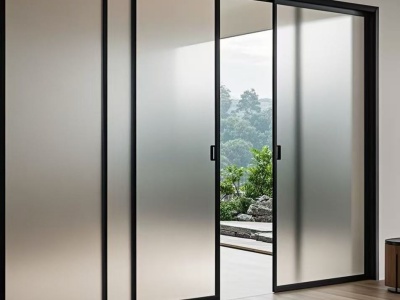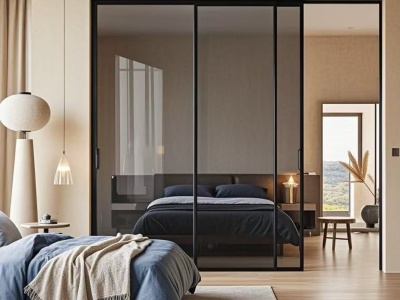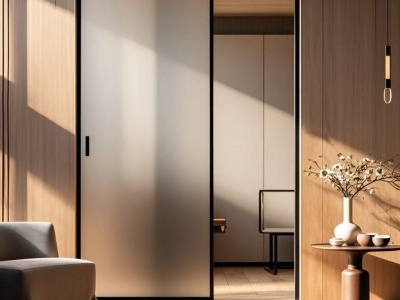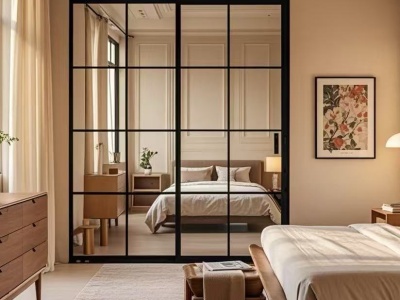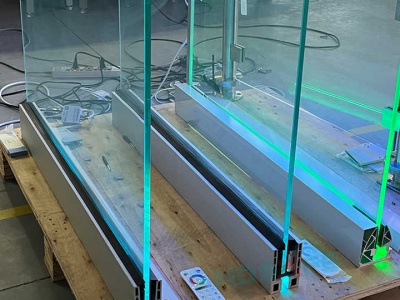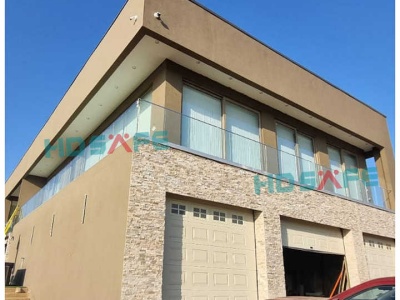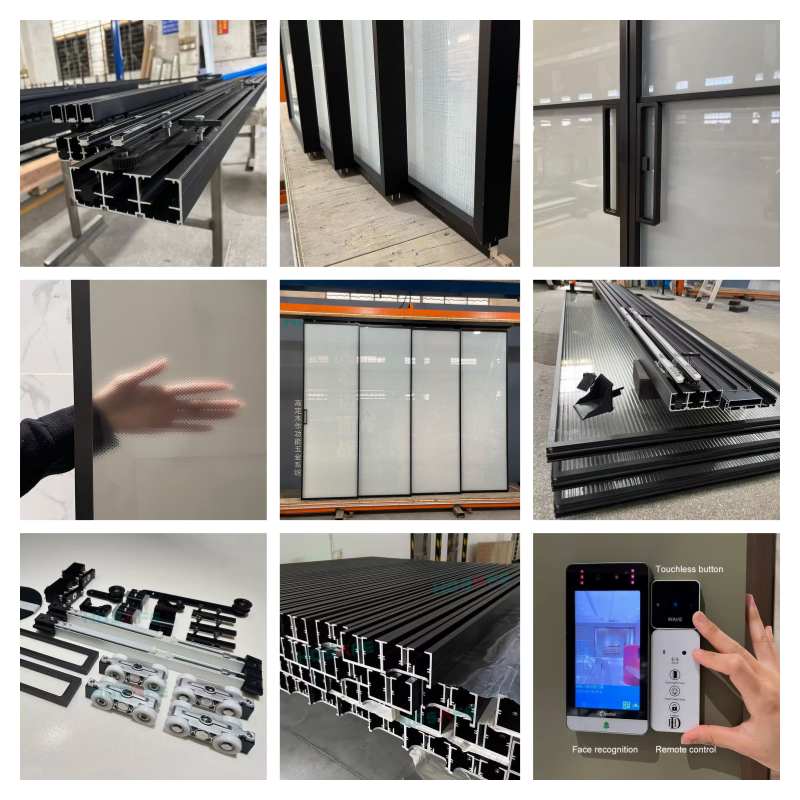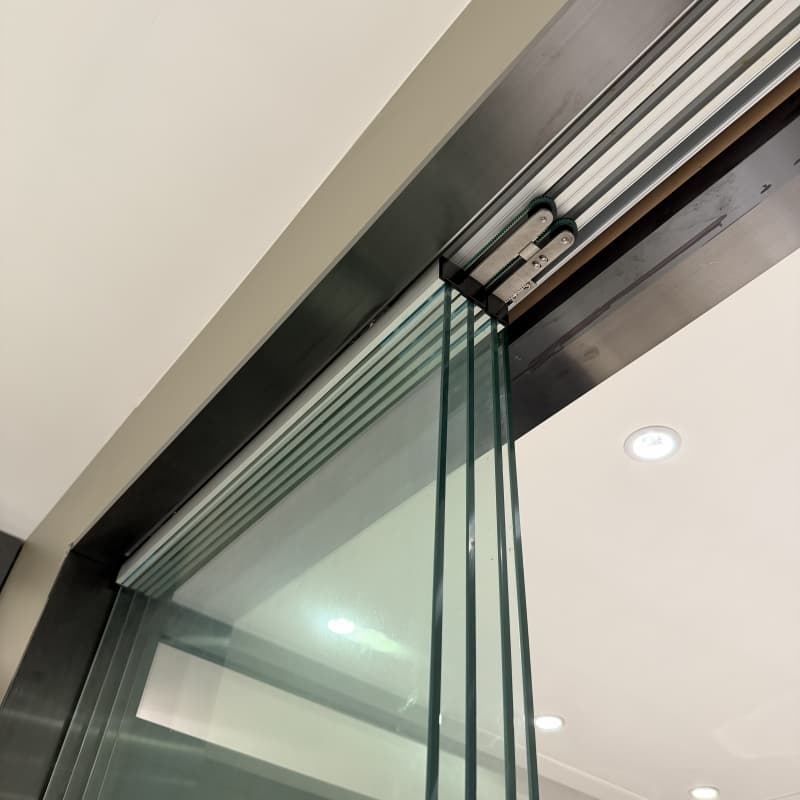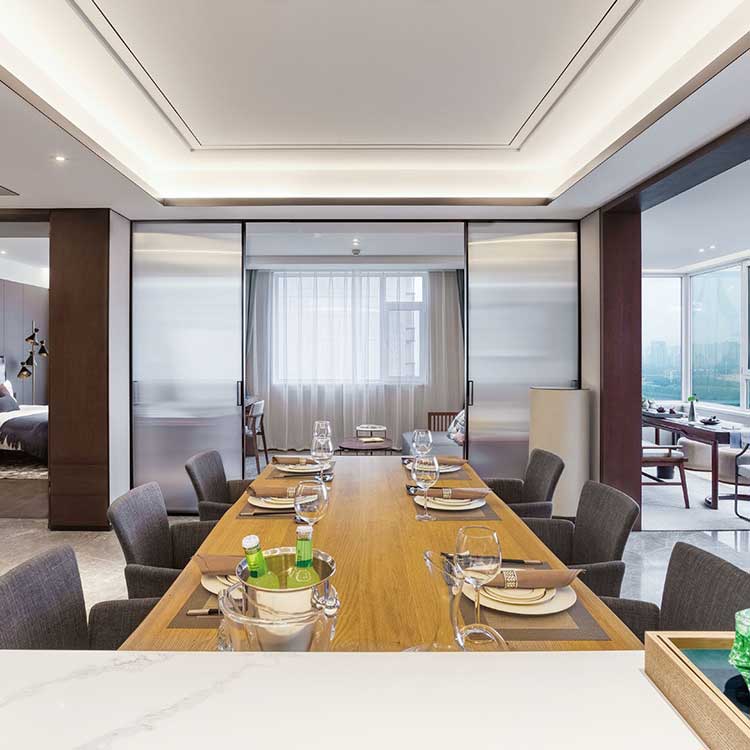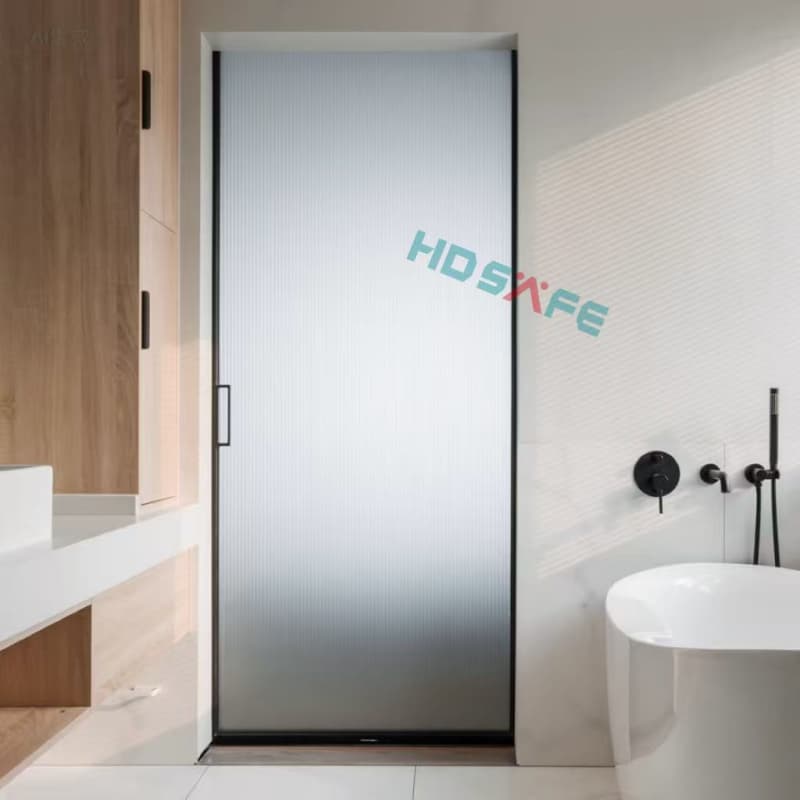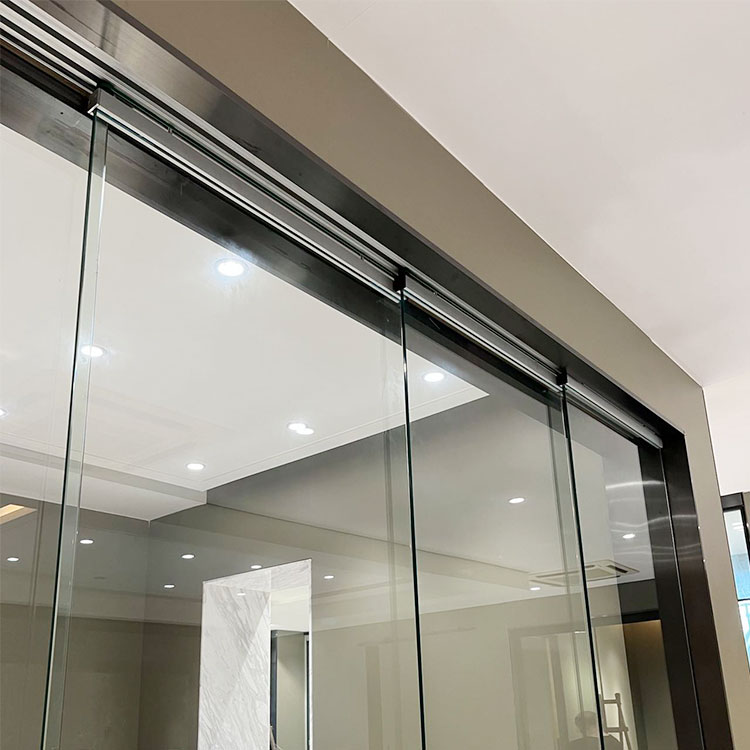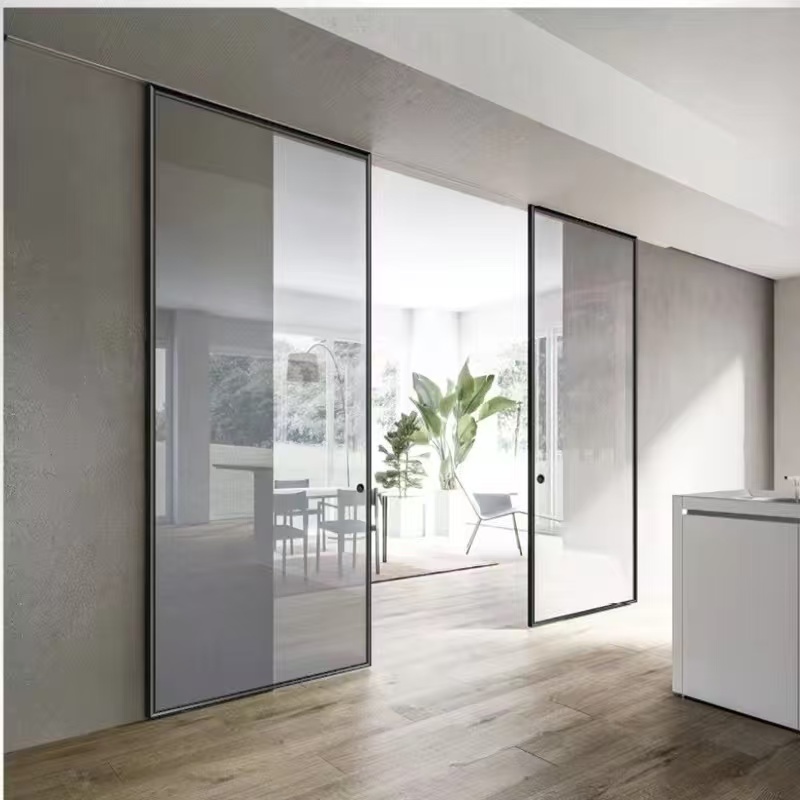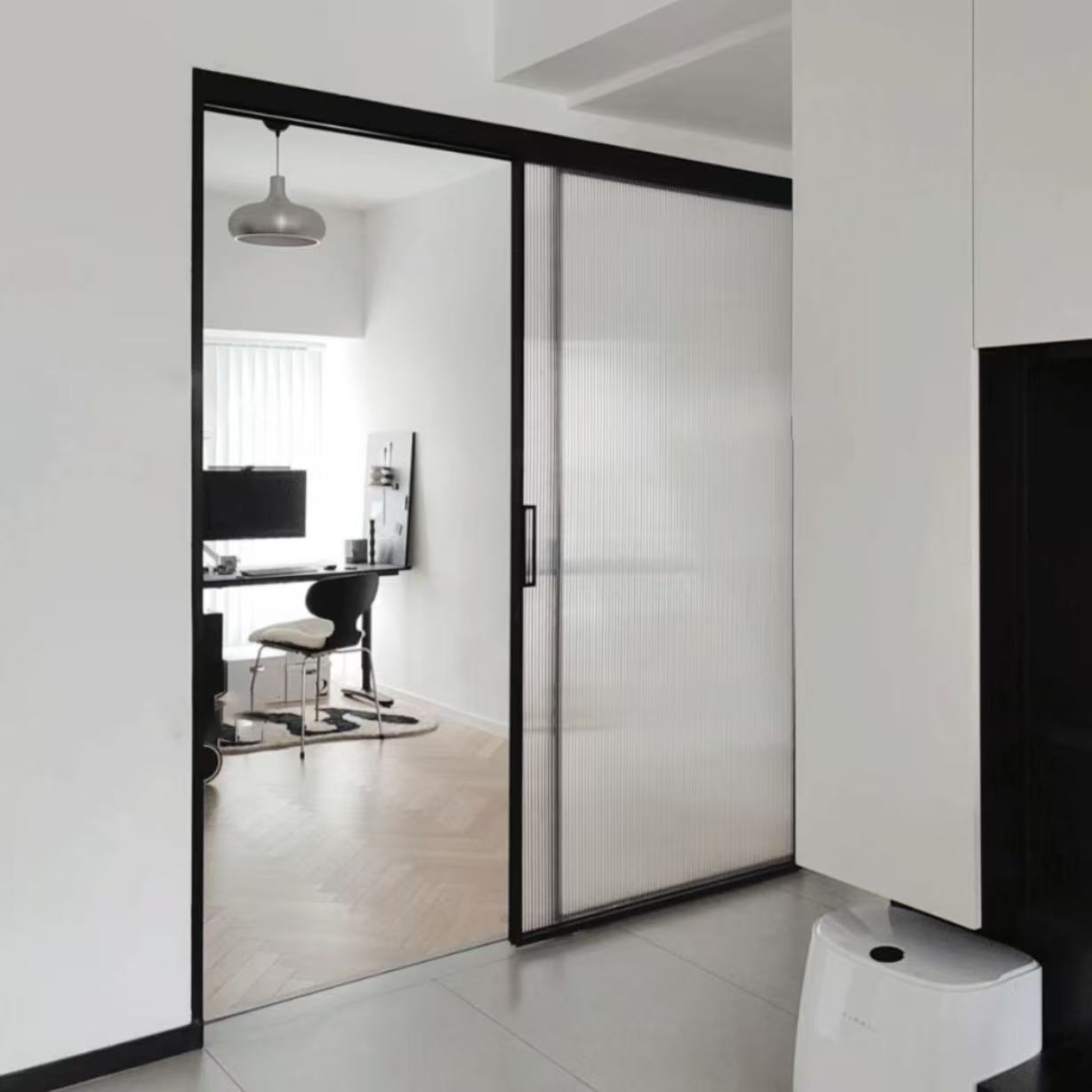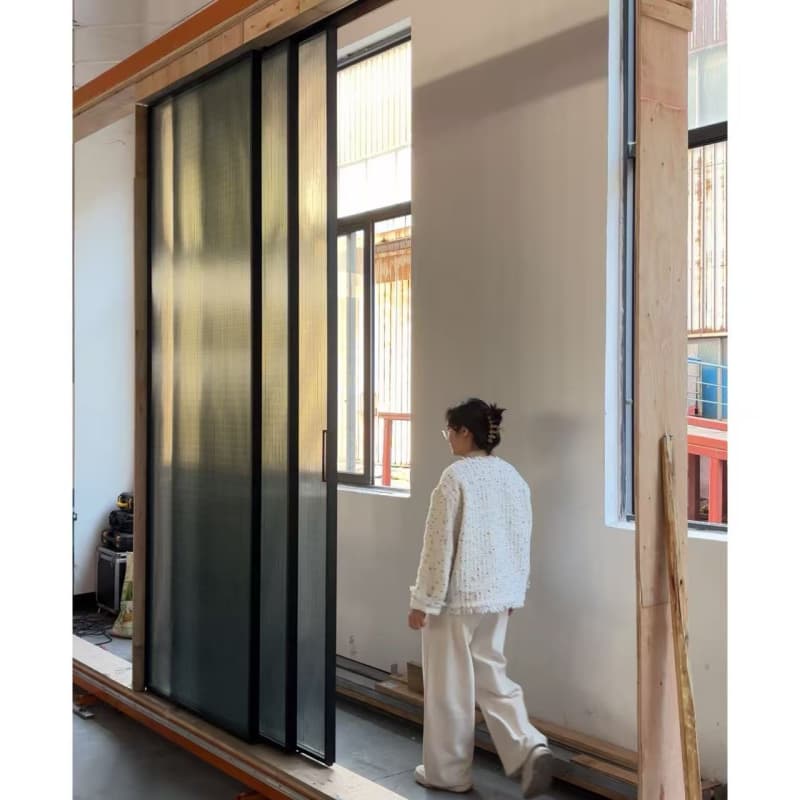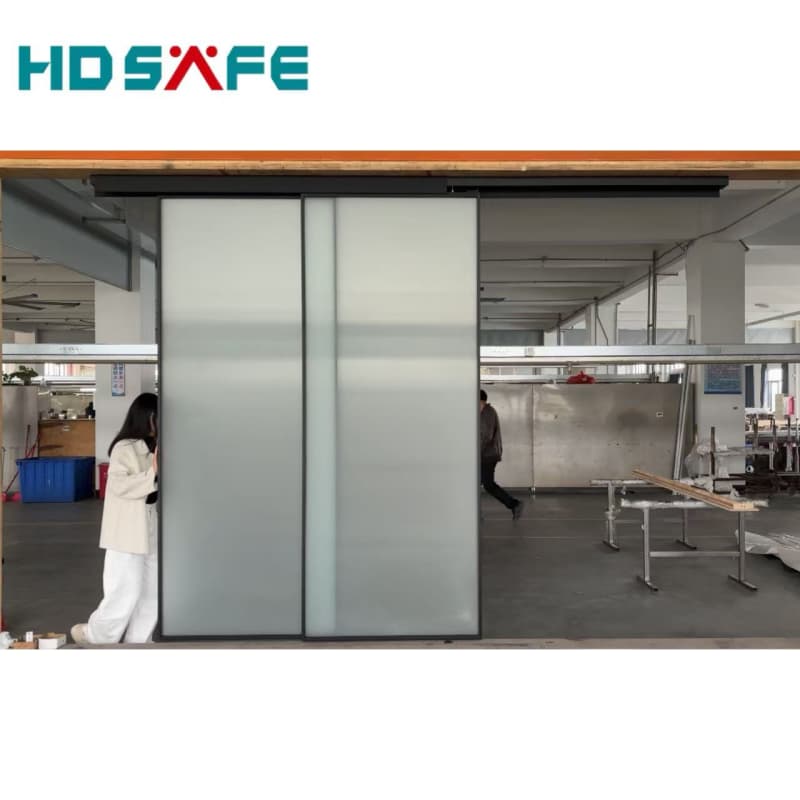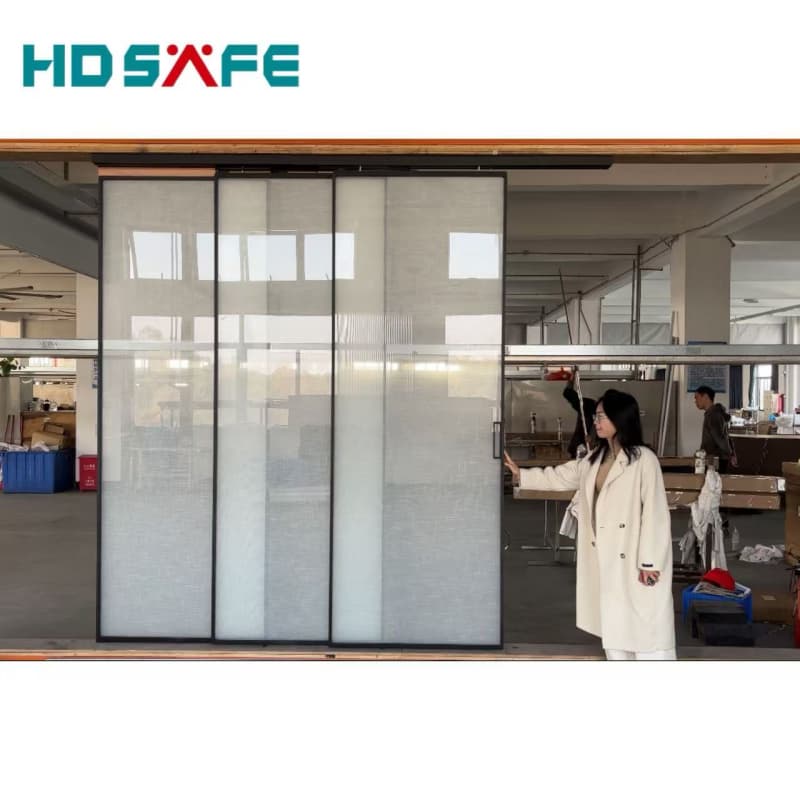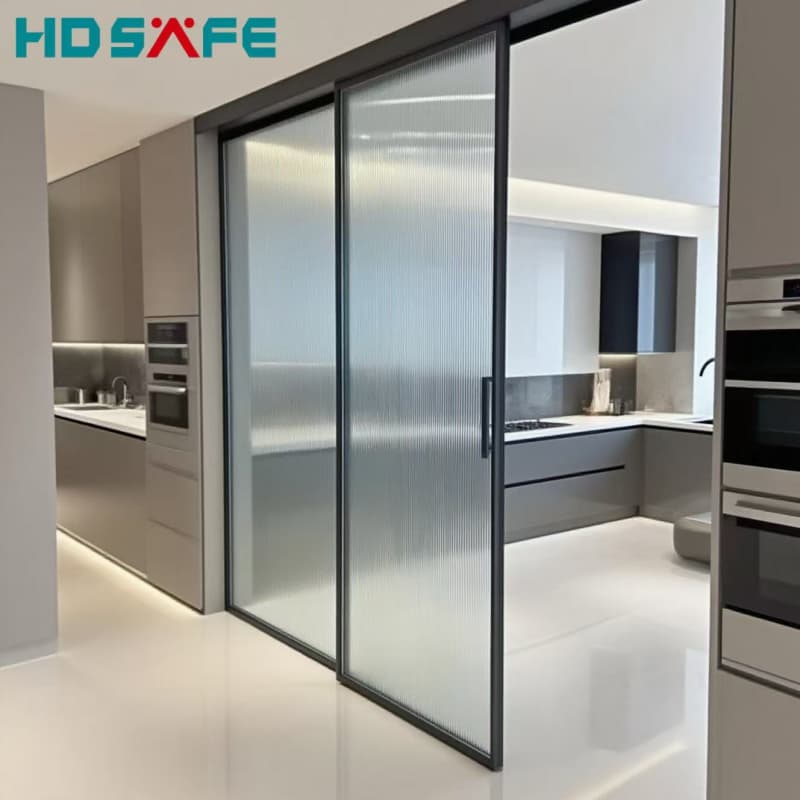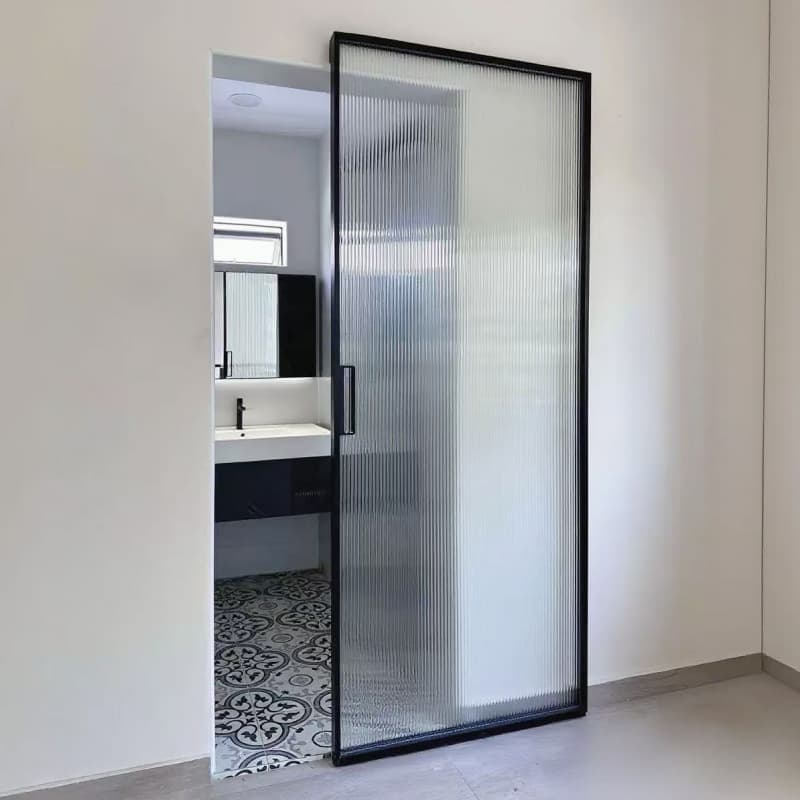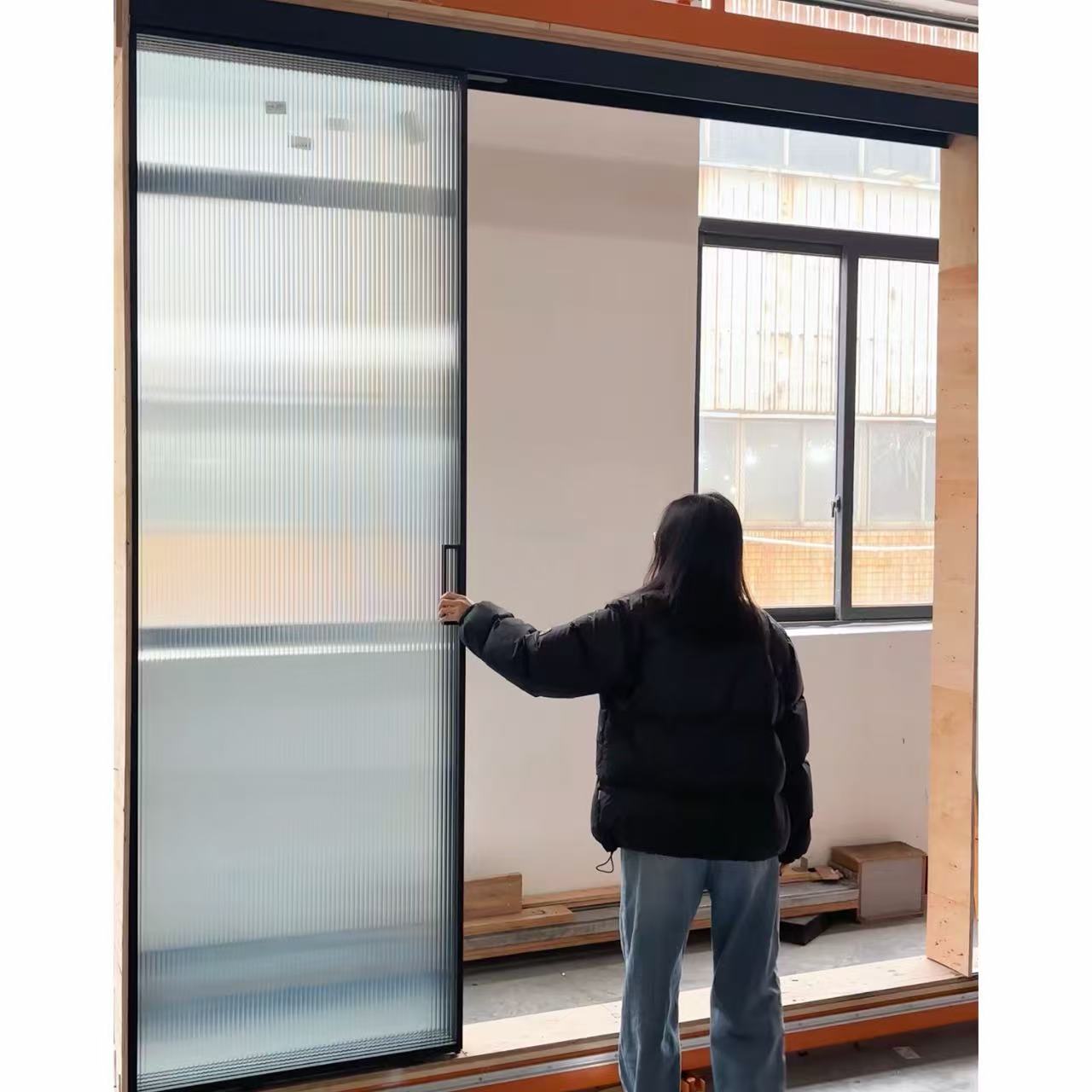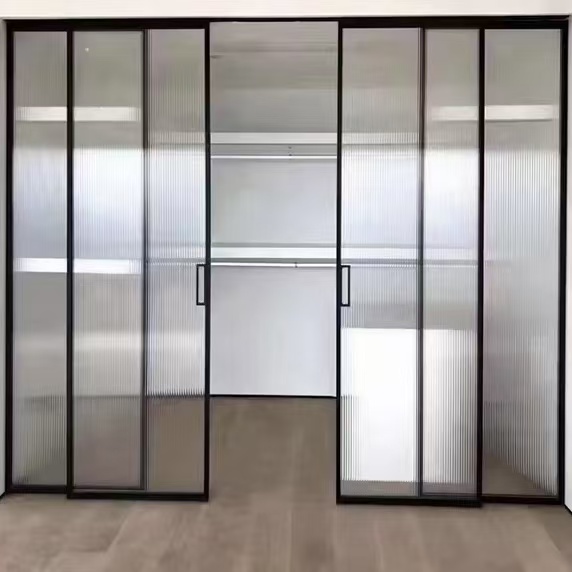Glass Handrail Design: A Comprehensive Guide to Modern Architecture and Aesthetics
In the world of modern architecture and interior design, glass handrail design has emerged as a defining element that combines functionality with aesthetic appeal. Glass handrails, also known as glass railings or glass balustrades, have become a popular choice for homes, commercial spaces, and public areas due to their sleek, minimalist, and contemporary look. This article delves into the intricacies of glass handrail design, exploring its benefits, materials, installation process, maintenance, and how it can transform any space. Whether you’re a homeowner looking to upgrade your property or an architect seeking inspiration, this guide will provide you with valuable insights into the world of glass handrail design.
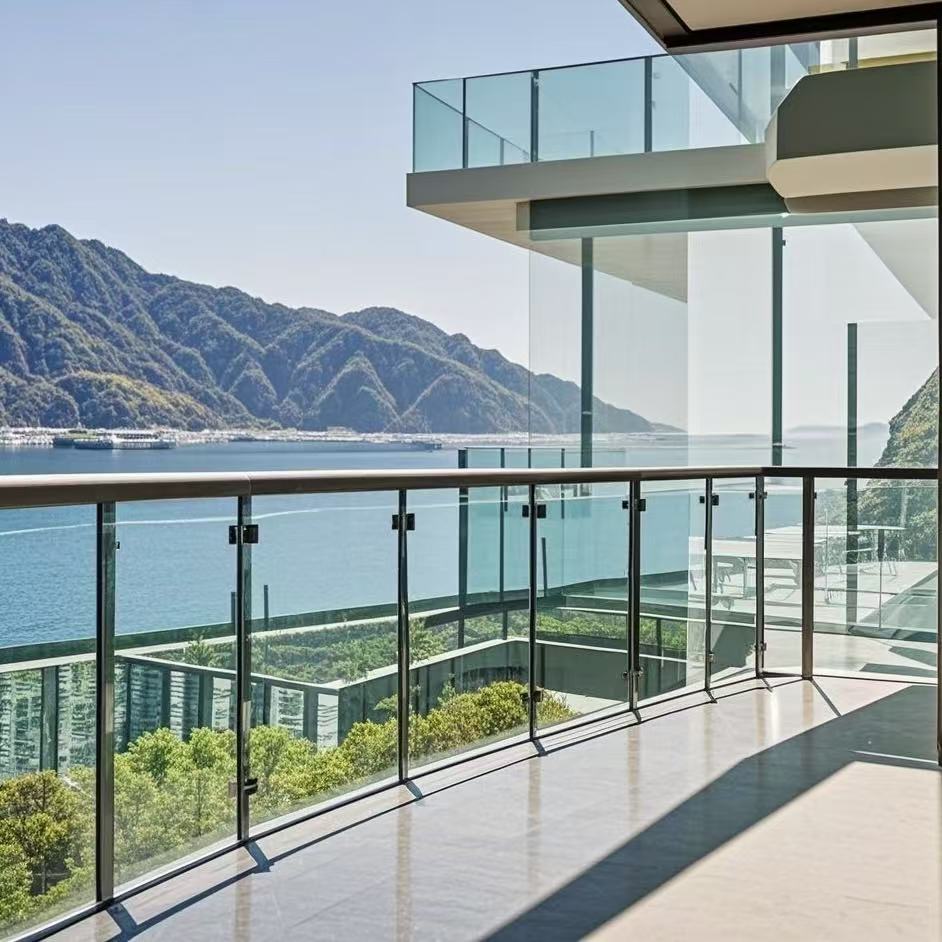
The Evolution of Glass Handrail Design
Glass handrail design has evolved significantly over the years, moving from traditional iron and wood balustrades to the sleek, modern glass railings we see today. The use of glass in handrail design gained popularity in the late 20th century as architects and designers sought to create more open, light-filled spaces. The introduction of tempered and laminated glass further enhanced the durability and safety of glass handrails, making them a viable option for both residential and commercial applications.
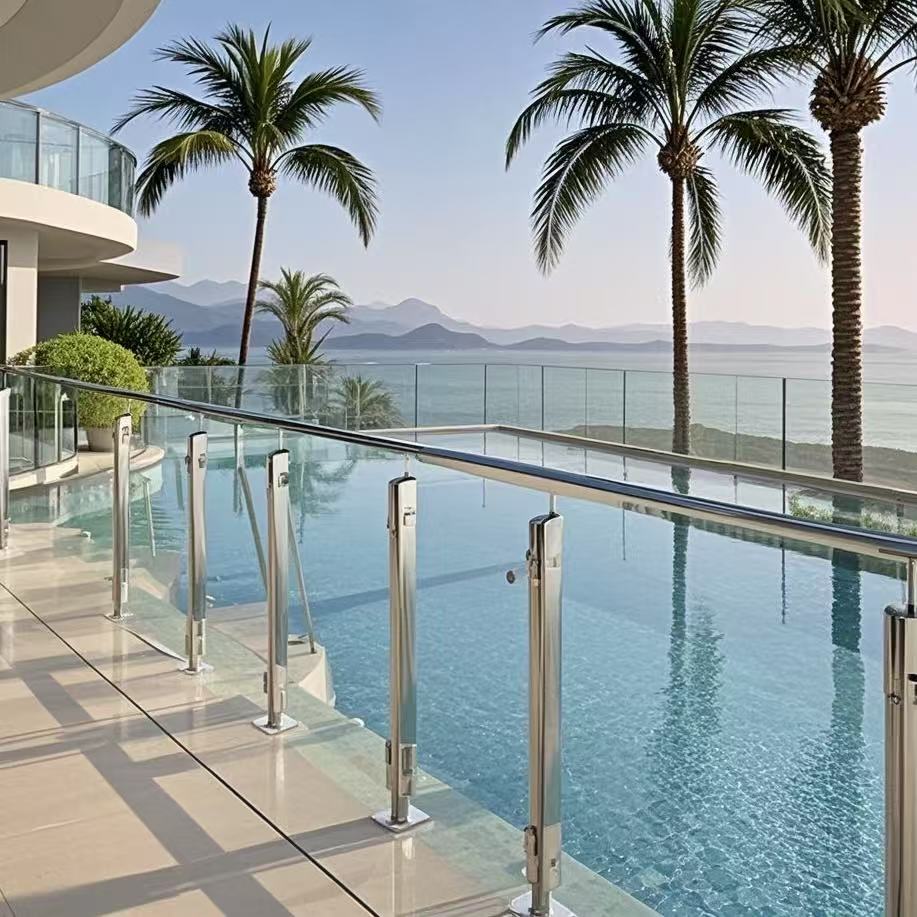
Early Adopters and Influences
The early adopters of glass handrail design were primarily high-end residential projects and luxury hotels. Architects like Philip Johnson and Tadao Ando were among the first to embrace glass handrails, using them to create spaces that felt open and airy. Johnson’s Glass House, for example, features floor-to-ceiling glass walls that blur the lines between the interior and exterior, with glass handrails adding to the seamless aesthetic.
Modern Trends in Glass Handrail Design
Today, glass handrail design is more popular than ever, with a wide range of styles and materials available to suit different tastes and budgets. Minimalist designs with frameless glass railings are particularly popular in contemporary homes, while industrial-style designs with metal frames and metal balusters are favored in modern lofts and urban apartments. Additionally, the use of colored or frosted glass is gaining traction, allowing homeowners to add a touch of personality and style to their spaces.
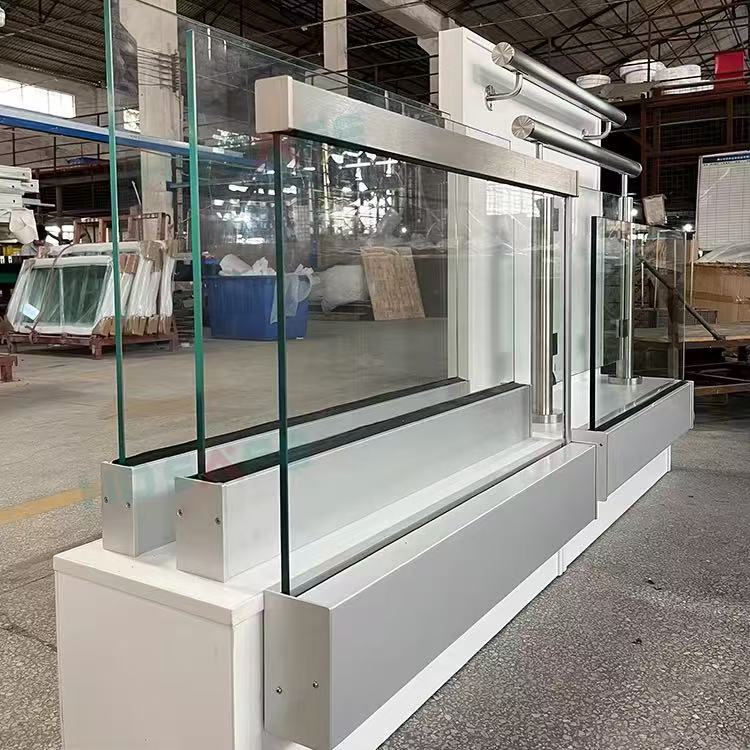
Benefits of Glass Handrail Design
There are several reasons why glass handrail design has become a preferred choice for many homeowners and architects. Here are some of the key benefits:
1. Enhanced Aesthetics
One of the primary benefits of glass handrail design is its ability to enhance the aesthetics of a space. Glass handrails create a sleek, modern look that can complement a wide range of interior styles, from minimalist to industrial. The transparency of glass allows natural light to pass through, making spaces feel more open and expansive. This is particularly beneficial in smaller homes or apartments, where every inch of space counts.
2. Maximizing Natural Light
Glass handrails are an excellent way to maximize natural light in a space. Unlike traditional wood or metal balustrades, which can block light, glass handrails allow sunlight to filter through, creating a bright and airy atmosphere. This can be particularly beneficial in staircases, balconies, and other areas where natural light is limited.
3. Space-Saving
Glass handrails are space-saving, making them ideal for small homes and apartments. Unlike bulky wood or metal balustrades, glass handrails take up minimal space, creating a more open and uncluttered look. This is especially important in modern homes, where functionality and space efficiency are key considerations.
4. Safety
Contrary to popular belief, glass handrails are just as safe as traditional balustrades. Modern glass used in handrail design is tempered or laminated, making it highly durable and resistant to impact. Tempered glass, in particular, is designed to break into small, rounded pieces in the event of a break, reducing the risk of injury. Additionally, glass handrails can be designed with metal frames or balusters for added safety and support.
5. Easy Maintenance
Glass handrails are easy to maintain and clean, requiring only a simple wipe-down with a glass cleaner to keep them looking their best. Unlike wood balustrades, which require regular sanding and repainting, or metal railings, which can rust or tarnish, glass handrails are low-maintenance and long-lasting.
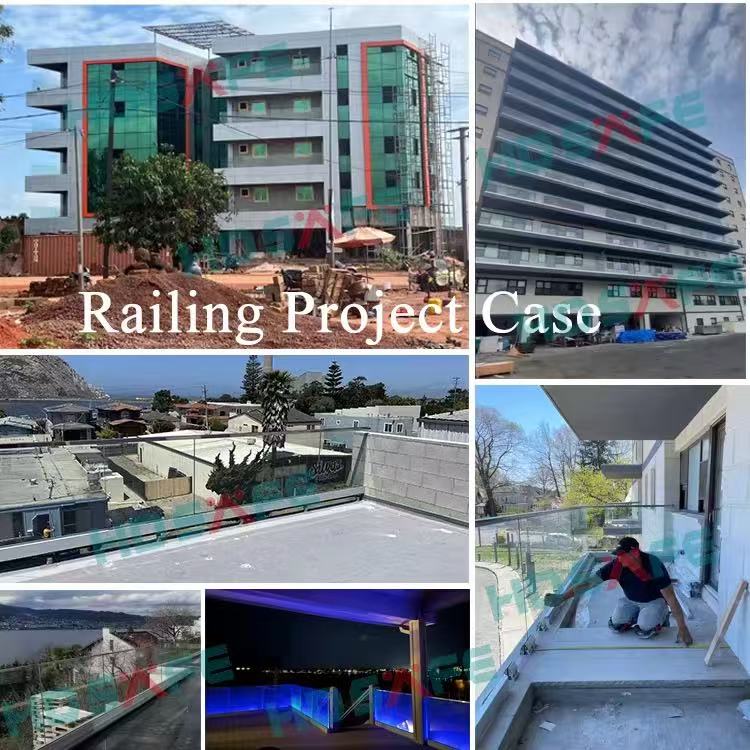
Materials Used in Glass Handrail Design
The material used in glass handrail design plays a crucial role in determining the overall look, durability, and safety of the railing. Here are some of the most commonly used materials in glass handrail design:
1. Tempered Glass
Tempered glass is the most commonly used material in glass handrail design. It is four to five times stronger than regular glass and is designed to break into small, rounded pieces in the event of a break. This makes it a safe and durable option for handrails. Tempered glass is also resistant to temperature changes and scratches, making it ideal for outdoor use.
2. Laminated Glass
Laminated glass consists of two or more layers of glass with a plastic interlayer in between. This type of glass is highly durable and is designed to hold together even if it breaks, making it a safe option for handrails. Laminated glass is also effective at reducing noise and is often used in areas where sound insulation is important.
3. Frosted Glass
Frosted glass is a type of glass that has been etched or sandblasted to create a frosted, translucent appearance. It is a popular choice for those who want to add a touch of privacy to their handrails while still allowing natural light to pass through. Frosted glass can be used in combination with clear glass to create a unique and stylish look.
4. Colored Glass
Colored glass is another option for glass handrail design. It can be tinted in a variety of colors to match or complement the overall design of a space. Colored glass is a great way to add a pop of color and personality to a room, making it a popular choice for modern and eclectic interiors.
5. Metal Frames and Balusters
While glass is the main material used in handrails, metal frames and balusters are often used to add support and structure. Stainless steel, aluminum, and brass are popular choices for metal frames and balusters due to their durability and resistance to rust and corrosion. Metal frames and balusters can also be customized to match the overall design of a space, adding a touch of elegance and sophistication.
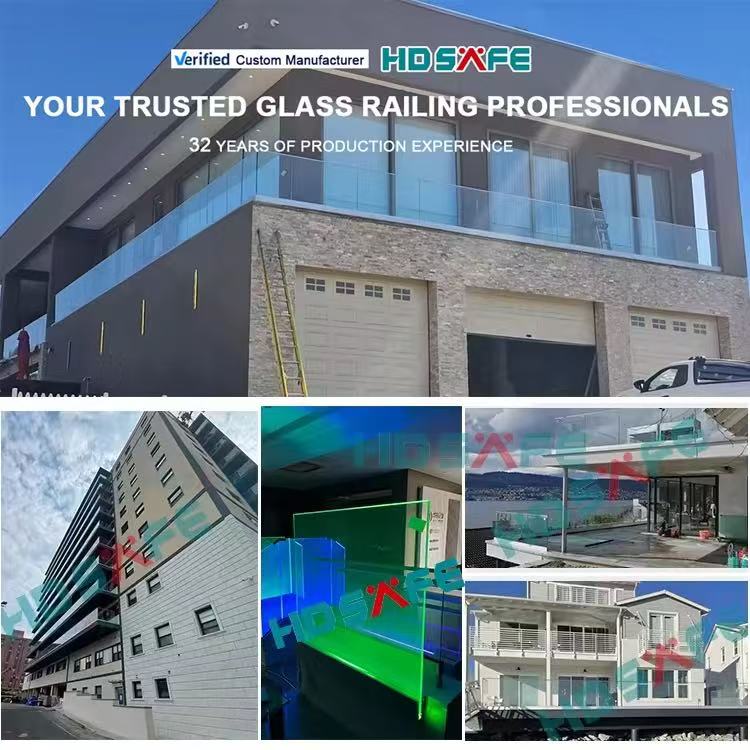
Types of Glass Handrail Designs
There are several types of glass handrail designs to choose from, each with its own unique style and appeal. Here are some of the most popular designs:
1. Frameless Glass Handrails
Frameless glass handrails are the epitome of modern design, featuring clean lines and a minimalist aesthetic. As the name suggests, frameless glass handrails do not have a metal frame, relying instead on metal brackets or clips to hold the glass in place. This design creates a seamless and uncluttered look, making it ideal for contemporary homes and interiors.
2. Semi-Frameless Glass Handrails
Semi-frameless glass handrails are a more practical and cost-effective alternative to frameless glass handrails. They feature a metal frame around the edges of the glass, providing additional support and stability. Semi-frameless glass handrails are a popular choice for staircases and balconies, where safety and durability are key considerations.
3. Glass Railing with Metal Balusters
Glass railings with metal balusters combine the elegance of glass with the strength and support of metal. This design features vertical metal balusters spaced evenly apart, creating a classic and timeless look. Metal balusters can be customized in a variety of styles and finishes, including black, white, brass, and brushed nickel, allowing homeowners to create a unique and personalized design.
4. Glass Railing with Cable or Wire
Glass railings with cable or wire are a modern and sleek option that combines the transparency of glass with the industrial charm of metal cables or wires. This design features horizontal cables or wires stretched between metal posts or brackets, creating a unique and contemporary look. Glass railings with cable or wire are a popular choice for modern lofts, urban apartments, and other contemporary interiors.
5. Glass Railing with Decorative Elements
For those who want to add a touch of elegance and sophistication to their handrails, glass railings with decorative elements are a great option. This design features decorative glass panels or etched patterns, creating a unique and personalized look. Decorative elements can include frosted glass, stained glass, or custom designs, allowing homeowners to create a space that reflects their personal style and taste.
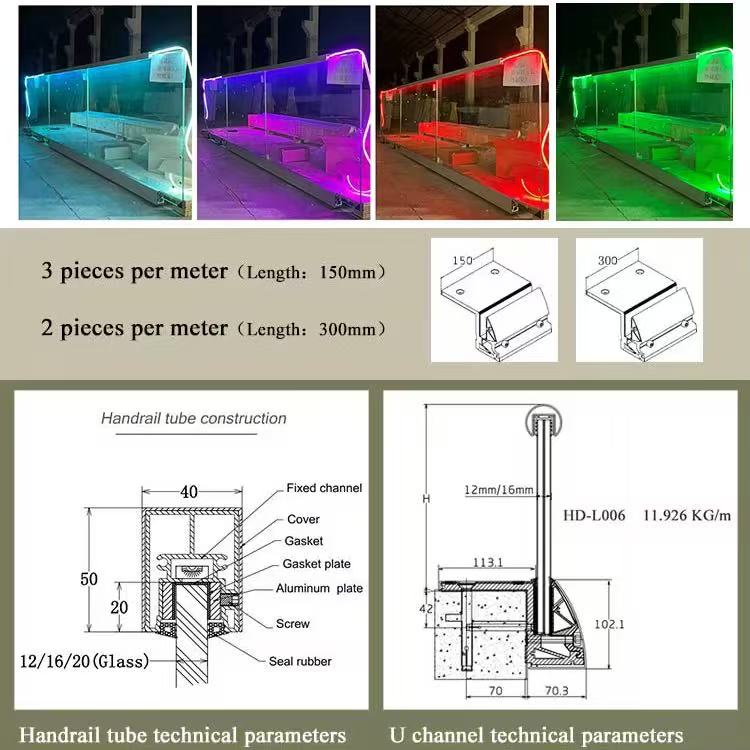
Installation Process of Glass Handrail Design
The installation process of glass handrail design can vary depending on the type of design and materials used. However, there are some general steps that are common to most installations. Here’s a step-by-step guide to installing a glass handrail:
1. Planning and Measurement
The first step in the installation process is to plan and measure the area where the glass handrail will be installed. This includes determining the height and length of the handrail, as well as the placement of posts and brackets. It’s important to take accurate measurements to ensure that the glass panels fit properly and securely.
2. Preparing the Surface
Once the measurements have been taken, the next step is to prepare the surface where the handrail will be installed. This includes cleaning the surface and removing any debris or obstructions. It’s also important to ensure that the surface is level and stable, especially if the handrail is being installed on a staircase or balcony.
3. Installing Posts and Brackets
The next step is to install the posts and brackets that will hold the glass panels in place. This can be done using screws, bolts, or adhesives, depending on the type of design and materials used. It’s important to follow the manufacturer’s instructions and use the appropriate tools and materials to ensure a secure and stable installation.
4. Installing Glass Panels
Once the posts and brackets are in place, the next step is to install the glass panels. This can be done by sliding the glass panels into the brackets or attaching them with clamps or silicone. It’s important to handle the glass carefully and avoid placing too much pressure on the panels to prevent cracking or breaking.
5. Securing the Glass Panels
After the glass panels are installed, they need to be secured in place to prevent movement or shifting. This can be done using screws, bolts, or adhesives, depending on the type of design and materials used. It’s important to ensure that the glass panels are securely attached and level to prevent any safety hazards.
6. Finishing Touches
The final step in the installation process is to add any finishing touches, such as decorative elements or hardware. This can include installing decorative caps or covers on the posts and brackets, or adding decorative screws or bolts for a more finished look. It’s important to take your time and pay attention to detail to ensure that the final result is both functional and aesthetically pleasing.
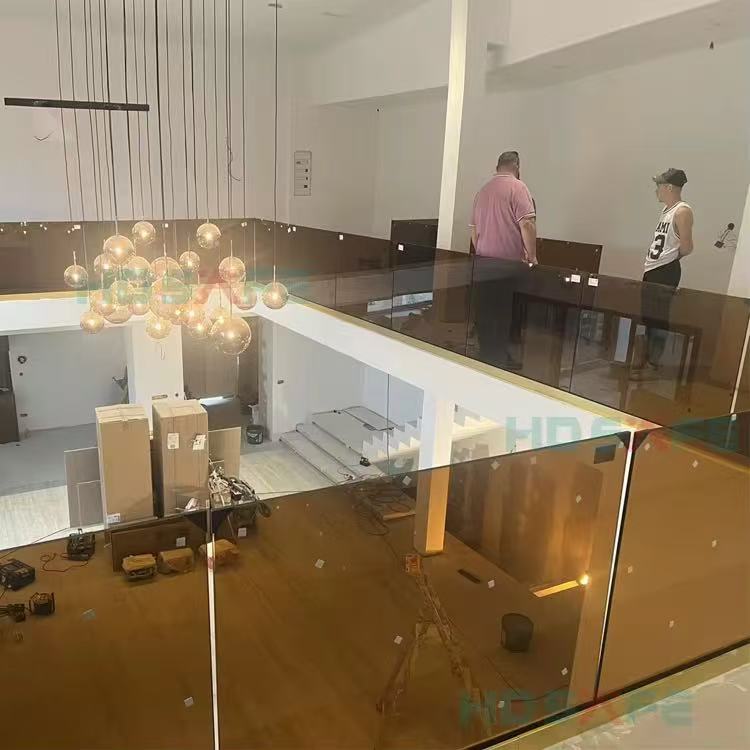
Maintenance and Care of Glass Handrails
Proper maintenance and care are essential to keep glass handrails looking their best and ensure their longevity. Here are some tips for maintaining and caring for your glass handrails:
1. Regular Cleaning
Regular cleaning is essential to keep glass handrails looking their best. Use a glass cleaner and a soft cloth or sponge to clean the glass panels, wiping in a circular motion to avoid streaks or scratches. It’s also important to clean the metal frames and balusters to prevent rust and corrosion.
2. Avoid Harsh Chemicals
When cleaning glass handrails, it’s important to avoid harsh chemicals that can damage the glass or metal. Stick to mild, non-abrasive cleaners and avoid using abrasive sponges or brushes that can scratch the surface. If you’re unsure about the best cleaner to use, consult the manufacturer’s instructions or seek advice from a professional.
3. Check for Damage
Regularly inspect your glass handrails for any signs of damage, such as cracks, chips, or loose brackets. If you notice any damage, it’s important to address it immediately to prevent further issues. This may involve replacing damaged glass panels or repairing loose brackets or fasteners.
4. Seal and Weatherproof
If your glass handrails are installed outdoors, it’s important to seal and weatherproof them to protect against moisture, dirt, and other environmental factors. This may involve applying a sealant or weatherproofing spray to the glass and metal components, as well as inspecting the seals and gaskets for any signs of wear or damage.
5. Professional Maintenance
In some cases, it may be necessary to seek professional maintenance and care for your glass handrails. This may include hiring a professional cleaner or repair technician to handle more complex tasks, such as replacing damaged glass panels or repairing structural issues. Regular professional maintenance can help ensure that your glass handrails remain in top condition and provide years of reliable service.

Creative Applications of Glass Handrail Design
Glass handrail design offers endless possibilities for creativity and customization, allowing homeowners and architects to create unique and personalized spaces. Here are some creative applications of glass handrail design:
1. Vertical Gardens
Glass handrails can be combined with vertical gardens to create a stunning and unique feature. This involves attaching planters or planting pockets to the glass panels, allowing you to grow a variety of plants and greenery. Vertical gardens not only add a touch of nature to your space but also help improve air quality and create a more relaxing and calming atmosphere.
2. LED Lighting
Incorporating LED lighting into your glass handrail design is a great way to add a modern and sophisticated touch. LED lights can be installed along the edges of the glass panels or within the metal frames, creating a soft and ambient glow. This is particularly effective in staircases and other areas where additional lighting is needed, as well as in outdoor spaces where lighting can enhance the overall design and functionality.
3. Custom Patterns and Etching
Custom patterns and etching are a great way to add a unique and personalized touch to your glass handrails. This can include frosted glass, stained glass, or custom designs that reflect your personal style and taste. Custom patterns and etching can be used to create a focal point in a room or to add a touch of elegance and sophistication to your space.
4. Integrated Storage
Glass handrails can be combined with integrated storage solutions to create a functional and stylish feature. This involves incorporating shelves, hooks, or other storage elements into the design, allowing you to store and display items while maintaining an open and uncluttered look. Integrated storage solutions are particularly useful in small spaces, where every inch of space counts.
5. Art Installations
Glass handrails can be used as a canvas for art installations, allowing homeowners and architects to create unique and visually striking designs. This can include incorporating artwork or graphics into the glass panels, creating a one-of-a-kind feature that adds character and personality to your space. Art installations are a great way to make a bold statement and create a memorable and impactful design.
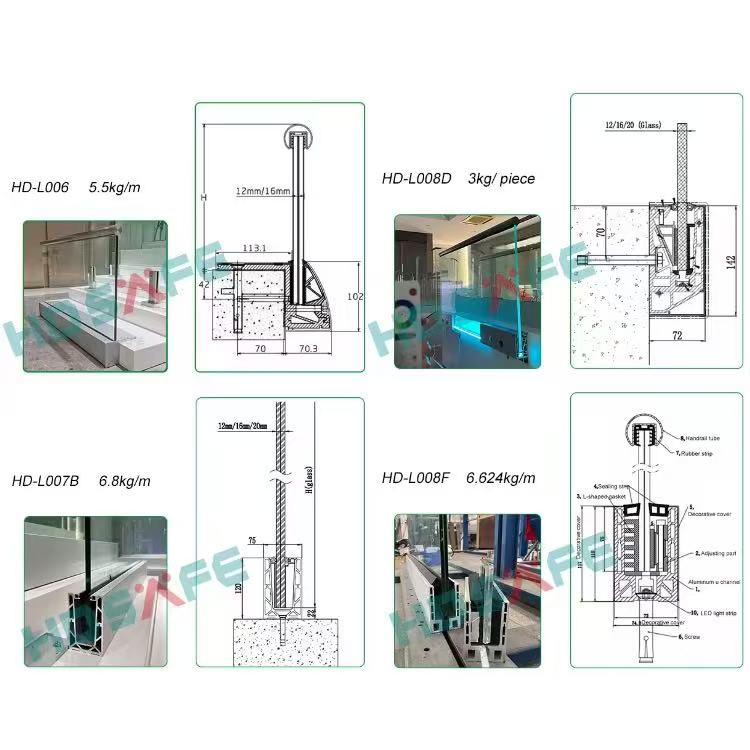
Case Studies: Stunning Glass Handrail Designs
To illustrate the versatility and potential of glass handrail design, let’s take a look at some real-world examples of stunning designs:
1. Modern Loft in New York City
This modern loft in New York City features a sleek and minimalist glass handrail design that complements the open and airy layout. The frameless glass handrails create a seamless and uncluttered look, allowing natural light to flow freely throughout the space. The use of industrial-style metal brackets adds a touch of strength and durability, making the design both functional and aesthetically pleasing.
2. Contemporary Home in California
This contemporary home in California features a glass handrail design with decorative frosted glass panels. The frosted glass adds a touch of privacy and elegance, while still allowing natural light to pass through. The metal balusters are finished in a brushed nickel coating, adding a touch of sophistication and style. The overall design creates a modern and timeless look that enhances the overall aesthetic of the home.
3. Luxury Villa in Bali
This luxury villa in Bali features a glass handrail design with glass panels that are etched with intricate patterns inspired by nature. The etched glass adds a unique and artistic touch to the design, creating a focal point in the outdoor space. The metal frames are finished in a black finish, providing a striking contrast to the transparent glass and enhancing the overall visual appeal.
4. Urban Apartment in London
This urban apartment in London features a glass handrail design with integrated LED lighting. The LED lights are installed along the edges of the glass panels, creating a soft and ambient glow that enhances the overall design and functionality. The use of frameless glass handrails creates a modern and minimalist look, while the LED lighting adds a contemporary and sophisticated touch.
5. Country Home in Tuscany
This country home in Tuscany features a glass handrail design with wooden balusters and metal frames. The use of natural wood adds a warm and rustic touch to the design, while the metal frames provide strength and durability. The glass panels are clear and unadorned, allowing natural light to filter through and create a bright and airy atmosphere. The overall design creates a harmonious and inviting space that blends modern and traditional elements.
Conclusion
Glass handrail design is a versatile and dynamic element that can enhance the aesthetics, functionality, and safety of any space. From modern lofts and contemporary homes to luxury villas and urban apartments, glass handrails offer endless possibilities for creativity and customization.





 Home
Home May 28,2025
May 28,2025 
 Glass Balustrades – For Balconies, Terraces and Stairs
Glass Balustrades – For Balconies, Terraces and Stairs 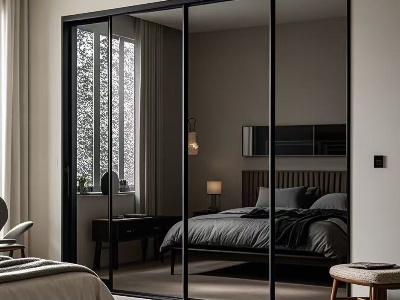
 May 19,2025
May 19,2025 
